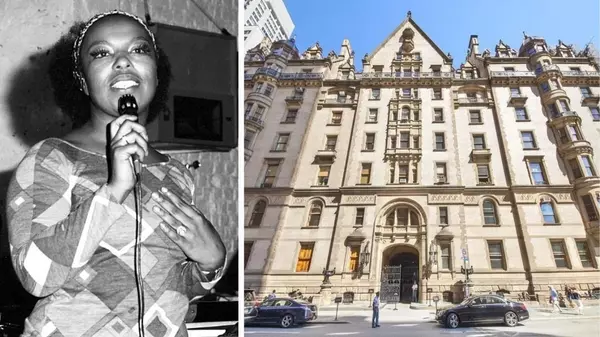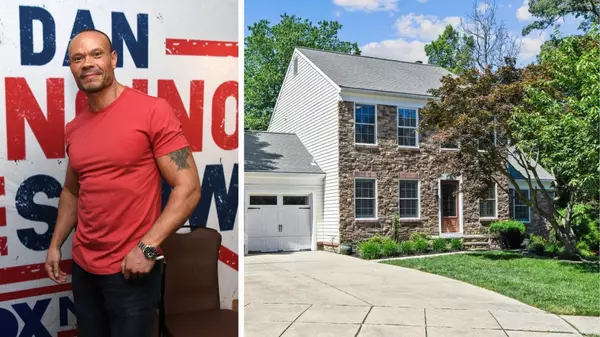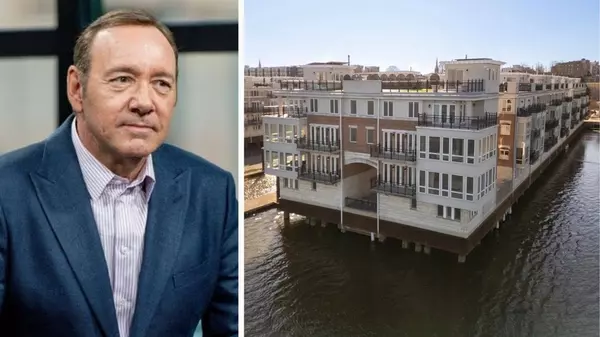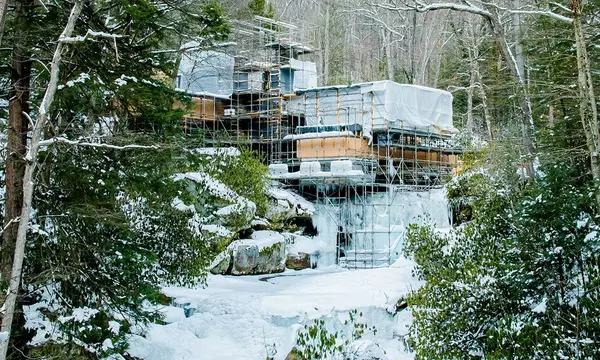Trump Orders ‘Emergency Price Relief’ on Housing—What Does It Mean?

Anna Moneymaker/Getty Images
Hours after his inauguration for a second term on Monday, President Donald Trump ordered the executive branch to “deliver emergency price relief” for Americans on housing costs and other key living expenses.
In a memorandum to the heads of all executive departments and agencies, Trump directed them to take action to “lower the cost of housing and expand housing supply” as well as reduce other household expenses and boost employment.
While the administrative order offers few specifics, it does highlight the housing crisis at a time when home affordability is at a 40-year low—and nearly half of renter households are cost burdened, spending more than 30% of their income on rent.
“Hardworking families today are overwhelmed by the cost of fuel, food, housing, automobiles, medical care, utilities, and insurance,” the memo states.
“Moreover, many Americans are unable to purchase homes due to historically high prices, in part due to regulatory requirements that alone account for 25 percent of the cost of constructing a new home according to recent analysis,” it adds.
The memo, which came alongside a slew of other presidential actions on the first day of Trump’s new term, orders executive branch leaders to report back to the White House every 30 days on their progress in lowering consumer costs. But it made no reference to specific actions to be taken.
“This order is light on details for how to address the housing affordability crisis, but we find it encouraging that housing is remaining toward the top of the agenda and that executive branch leaders will be reporting on their progress toward housing affordability goals,” says Realtor.com® senior economist Joel Berner.
A spokesperson for the Department of Housing and Urban Development did not immediately respond to a request for comment from Realtor.com on Tuesday morning.
Trump’s bid to slash construction regulations
The memo’s reference to a “recent analysis” of the regulatory costs involved in homebuilding appears to refer to a study conducted by the National Association of Home Builders in 2021.
The NAHB survey of developers and builders found that regulation imposed during development accounts for 10.4% of the price of a home built for sale, while regulations on the construction phase accounted for 13.2% of the price.
In total, the study found that the cost of regulations imposed by all levels of government typically cost $93,870, accounting for 23.8% of the average sales price of a new single-family home at the time, which was $397,300.
In a statement, the NAHB praised Trump’s new administrative order, saying it looked forward to working with the new administration to boost housing production and affordability.
“President Trump understands that America is facing a housing affordability crisis and the only way out of this crisis is to remove barriers like unnecessary and costly regulations that are raising housing costs and preventing builders from building more attainable, affordable housing,” said NAHB Chairman Carl Harris.
The NAHB has previously chafed at some federal regulations imposed under the Biden administration, including certain mandates for energy efficiency standards in certain new construction projects.
However, the vast majority of home construction permits and regulations are issued at the state and local level, and it is unclear what steps the federal government could take to streamline them.
“Reducing regulatory red tape for construction is a noble goal, but not one that federal lawmakers have much control over outside of incentivizing state and local governments to roll back their policies and restrictions,” says Berner.
Trump may seek to open federal land for housing
On the campaign trail, Trump repeatedly raised the issue high housing costs and vowed to take action to boost the housing supply.
Although his new memo does not make specific reference to it, one plan he has repeatedly mentioned involves opening up portions of federal land for large-scale housing construction.
“These zones will be ultralow tax and ultralow regulation. One of the great, really small-business job creation programs it will be of all time. We’re going to open up our country to building homes inexpensively so young people and other people can buy homes,” Trump said at a September campaign event.
Economists generally support the idea as one way to boost new-home construction in certain areas.
“Opening federal lands for residential construction is a much more direct measure they could take, provided that environmental concerns are taken into account and that coordination with lower levels of government ensures speedy delivery of homes,” says Berner.
However, one limitation of the plan is that in many cases, there is no significant federal land located near the places where people want to work and live.
Nationwide, the federal government owns about 27% of the total land area, but much of that land is located in the Western U.S. In other regions of the country, there may be little federal land to set aside for housing construction.
Order makes no mention of direct assistance for buyers
During the election, Trump’s opponent Kamala Harris offered a signature proposal on housing, involving direct assistance to homebuyers in the form of a $25,000 tax credit toward a down payment.
Many economists were skeptical of the plan, fearing it would only stoke buyer demand in an already tight housing market, driving prices higher.
Trump eschewed similar proposals on the campaign trail, and his new order makes no reference to federal subsidies for homebuyers.
“Absent here is any mention of supporting prospective homebuyers with funds toward their purchase, which we are in agreement with, as these subsidies would simply result in higher home prices,” says Berner. “Bolstering home supply is the true long-term solution.”
Categories
Recent Posts











676 N Michigan Ave. Ste 3010, Chicago, IL, 60611, United States